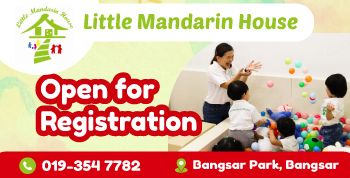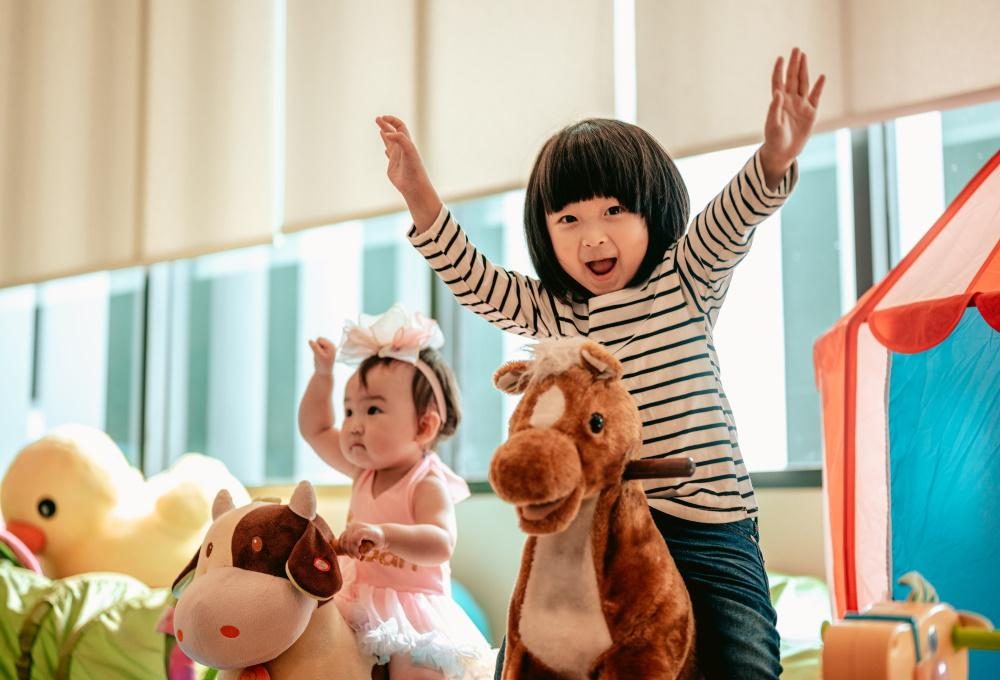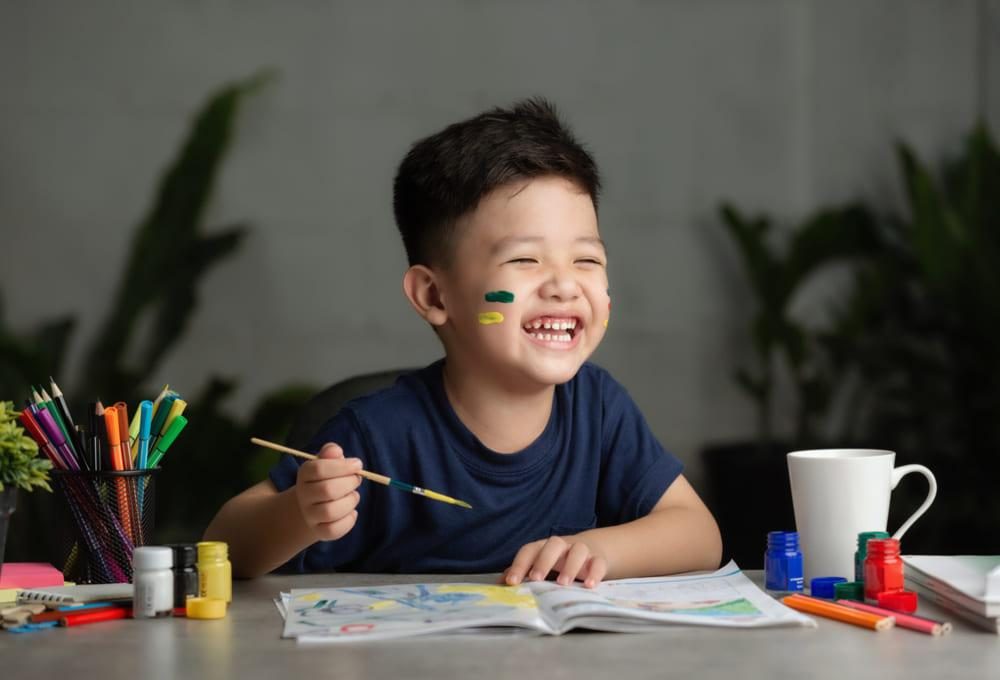Fostering Academic Learning Through Creativity
by on 02/08/2025 ...
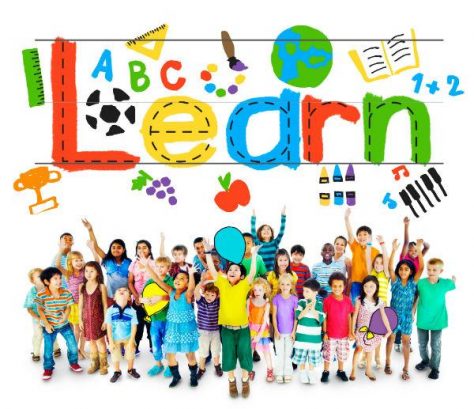
The arts have been proven to enhance creativity, imagination, as well as self-esteem in children. Hence, most nurseries and kindergartens incorporate an art component in their programmes and lessons to foster creativity and aesthetics. In fact, most parents have recognised the value of art in their children’s upbringing, introducing colouring books and music lessons at an early age. The arts – alongside linguistics, sciences and mathematics – are equally as essential to holistic academic development, encouraging cognitive and critical thinking. However, with Malaysia’s economy transitioning into a knowledge-based one, the arts programmes at the primary and secondary school levels have taken a back seat.
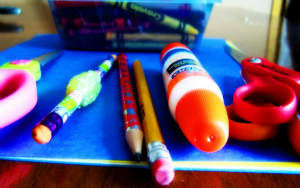 |
| Image credits: flickr.com |
The result of this is that some parents forsake the arts in educating their children. During their formative years, the arts are fundamental for providing a holistic education, especially when a child cannot yet grasp a structured education system and syllabus.
How Art Aids in Learning
 |
| Image credits: commons.wikimedia.org |
As Albert Einstein once said, “Imagination is more important than knowledge.”
The arts are helpful in honing a child’s ability to utilise logic and reasoning for problem-solving and constructing a cohesive whole. It fosters imagination as there is an inherent need to form ideas from practically nothing.
A child’s development is a sequential process and the arts and art activities provide sensory learning experiences for a child. Furthermore, the arts can be a fun way for children to express themselves. This is something which may be lacking in static and structured education system.
In fact, art can aid in how children view complex mathematical and scientific formulas. To a child more accustomed to solving problems in artistic disciplines, these concrete mathematics formulas become dynamic forms of expression more than simply dead facts. Integrating mindsets present in the arts to supplement scientific perspectives can multiply the potential of learning, understanding, and hence academic success when your children eventually reach higher school years.
How can you instill early art perspectives into your child’s development?
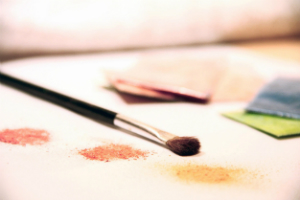 |
| Image credits: pexels.com |
1. Guided writing, reading and drawing activities
It has been observed that visual thinking strategies are effective in developing thinking and comprehensive skills in a child. By associating visuals and art with books and text, analytical and thinking skills are triggered. Hence, there is a correlation between your child drawing pictures of their favourite storybook tales, and increased levels of comprehension skills. Furthermore, art develops expressive and reflective skills that enhance writing and reading, while also promoting spatial relation skills, print awareness, verbal creativity and visual literacy.
It is also scientifically proven that if you sit alongside your children and participate in their reading, writing or drawing activities, they are more likely to absorb the learning points that they are exposed to. This is why parents should always set aside some time to participate and engage in such developmental activities with your children.
2. Working on simple number books
Before they move on to mathematical subjects, it will be helpful to a child’s learning for them to look at the numbers or formulas through a more visual medium and format. Creative and illustrative number books are great for revising the numbers that were learnt. Also, integrating art concepts within your teaching will bring a fresh spin to potentially mundane mathematical problems, creating more passion and excitement for your young child.
3. Participating in musical activities
Musical instruments are powerful tools that help children learn critical thinking skills. By trying a new musical instrument, they begin to pick up on the smallest changes in sound and the concept of cause and effect. Of course, parents will have to choose the appropriate musical instrument for their child, taking into account their interests as well as age group.
In particular, singing is a good way of getting your children acquainted with language. Not only will they be able to learn new words and pronunciations, the melodious tunes aids in memory and makes learning much more enjoyable. Of course, such learning will only be effective with guidance from the parents; so just be there to guide them along, and your presence and care will help them develop linguistically as well as serve as a fun family bonding activity.
Re-introducing Arts Into Your Child’s Development
The arts, and its related activities, play an important part in the academic development of your child. However, with an increasing emphasis on structured learning and examinations, parents and our education system have begun pushing our children from an even younger age. We have inevitably begun to chase results and grades, forgetting about the fun and importance of traditional learning.
So, why not start off with these simple artistic activities to inject some fun and at the same time, foster some academic learning? In the long run, there are few gifts more valuable than improved critical thinking and analytical skills in your child.
Contributed by ShopBack Malaysia, an online shopping deals and cashback site















